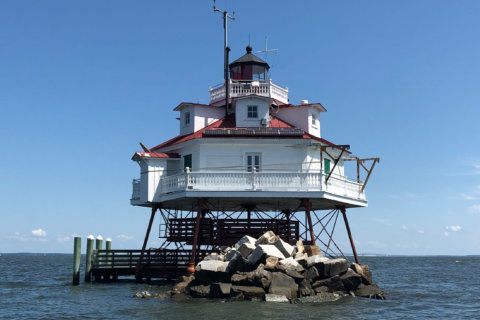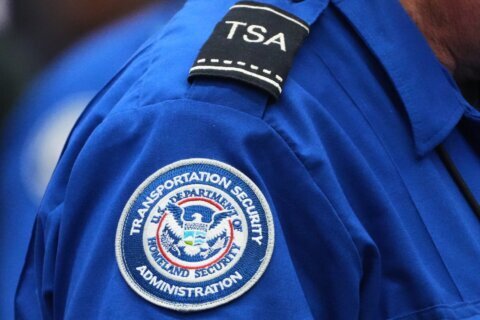A new report finds Maryland has the second-worst traffic congestion in the country. And with fewer drivers on the roads, tanking gas tax and toll revenues, the state is hoping Congress steps in to renew funding for highway improvement projects.
Maryland Transportation Secretary Greg Slater said he doubts drivers will find it a surprise the national transportation research nonprofit TRIP found Maryland’s interstate system congestion is the second-worst in the country, behind only California.
“TRIP’s report demonstrates what we’ve known for quite some time: Maryland has real congestion and mobility challenges. The Maryland Department of Transportation is approaching these challenges through a mix of congestion-reducing projects and programs across our systems,” Slater said.
As America’s interstate system approaches its 65th year, it’s showing its age.
The report by TRIP found between 2000 and 2018, travel on Maryland highways increased ninefold, and 5% of pavement is in poor condition as a result.
Lower travel due to COVID-19 restrictions has tanked revenues, with $16 billion projected in revenue losses to state highways nationwide, said Rocky Moretti, with TRIP.
And in Maryland, “Our impact initially was a reduction of about $500 million in fiscal year 2020,” Slater said. “You feel that in our system; you see that in our system with the services we provide.”
Given that the decreased revenue is expected to continue into fiscal year 2021, Moretti stressed the importance of Congress renewing funding for the Federal Surface Transportation program, which is set to expire at the end of September.
“It’s absolutely vital that Congress put in place an adequately and long-term and reliably funded surface transportation program to complete the existing program,” he said.
As the aging interstate system’s foundations continue to deteriorate, most Interstate highways, bridges and interchanges will need to be rebuilt or replaced.
“Over half of Maryland’s bridges are more than 50 years old. and that leads us back to the report to Congress that found, increasingly, ongoing routine maintenance is not going to be adequate to maintain this aging system,” Moretti said.
Road work often involves merely resurfacing, rather than addressing underlying foundational issues, and that provides diminishing returns and results in shorter periods of pavement smoothness.
About 6% of Maryland’s interstate pavements are rated in mediocre condition; 8% are in fair condition, and the remaining 80% are in good condition.








